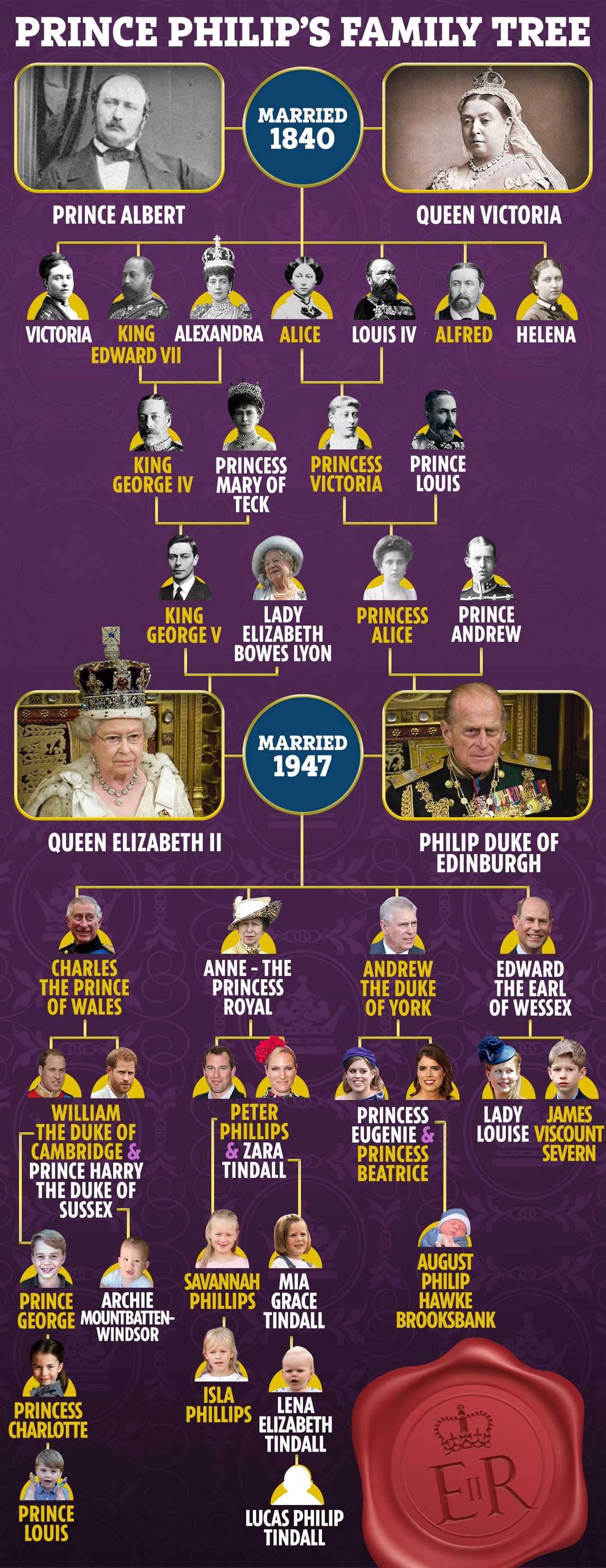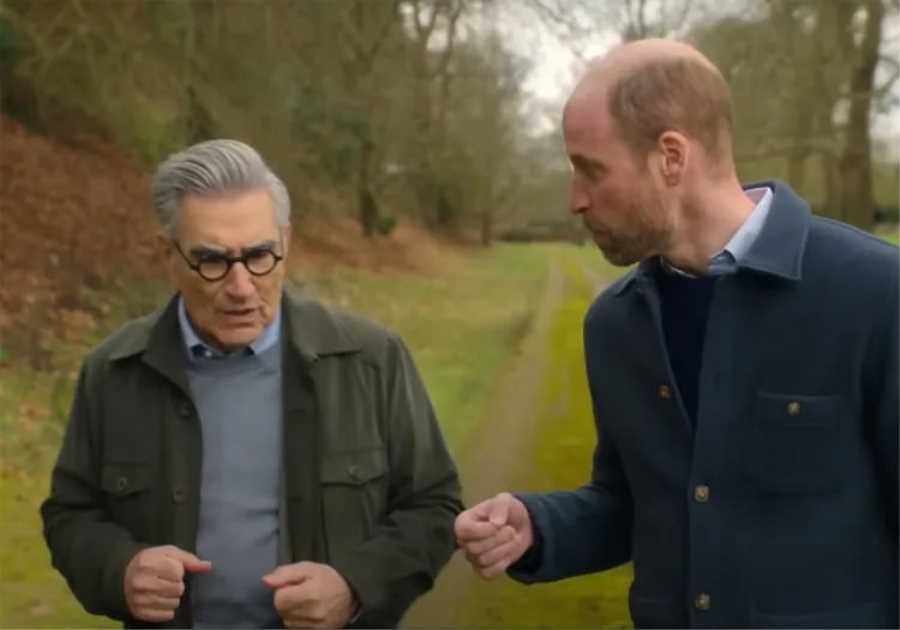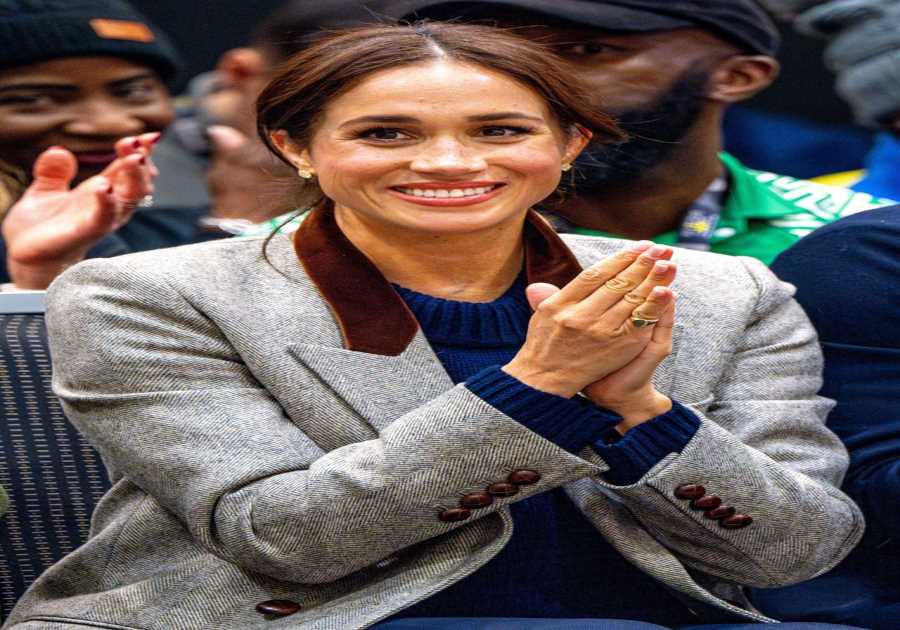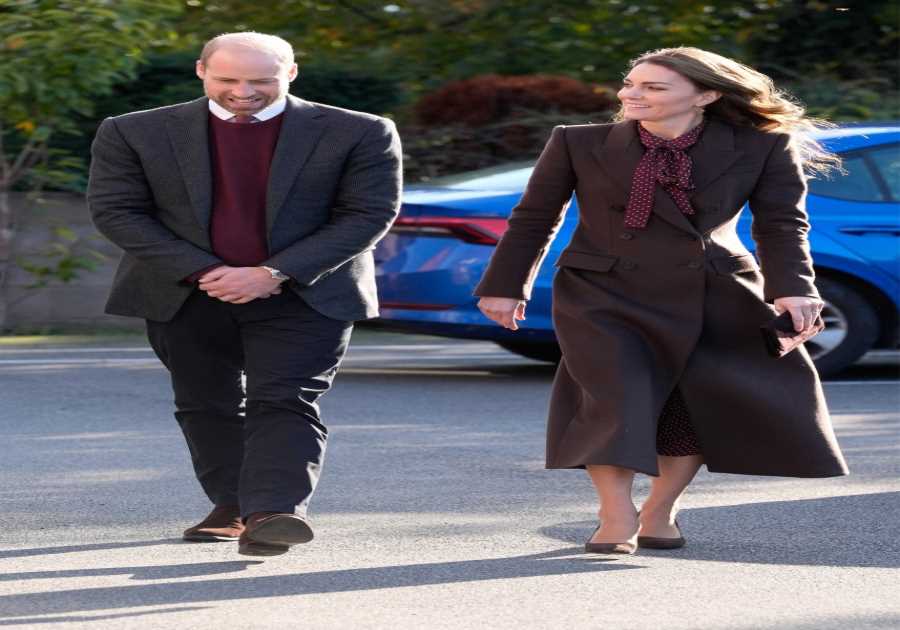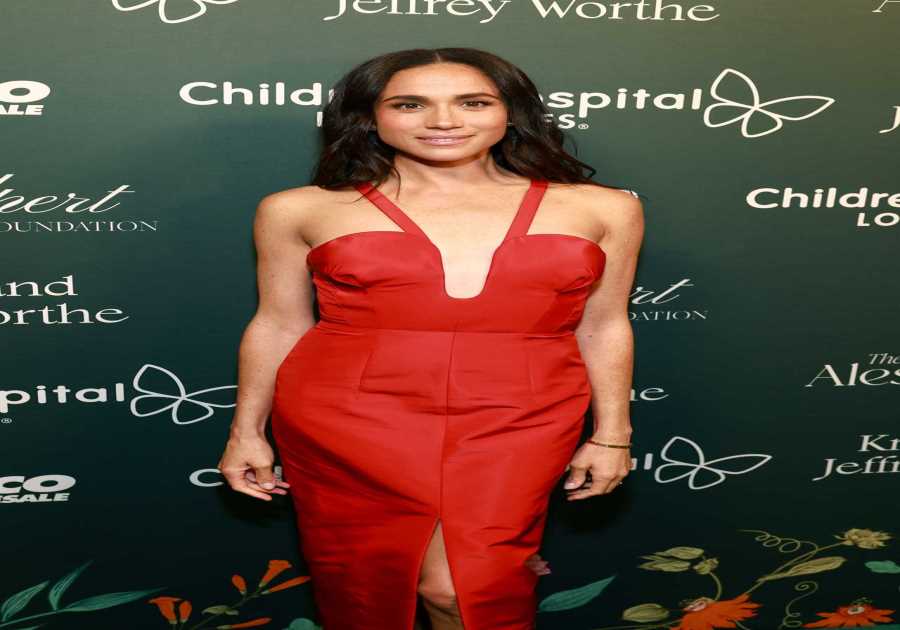IN recent years, the Queen and Prince Philip re-wrote the record books.
They celebrated their 73rd wedding anniversary in November last year — a remarkable achievement for any couple — but that they did it while still working at their public duties was quite extraordinary.

Read our live blog for the very latest news on Prince Philip’s death…
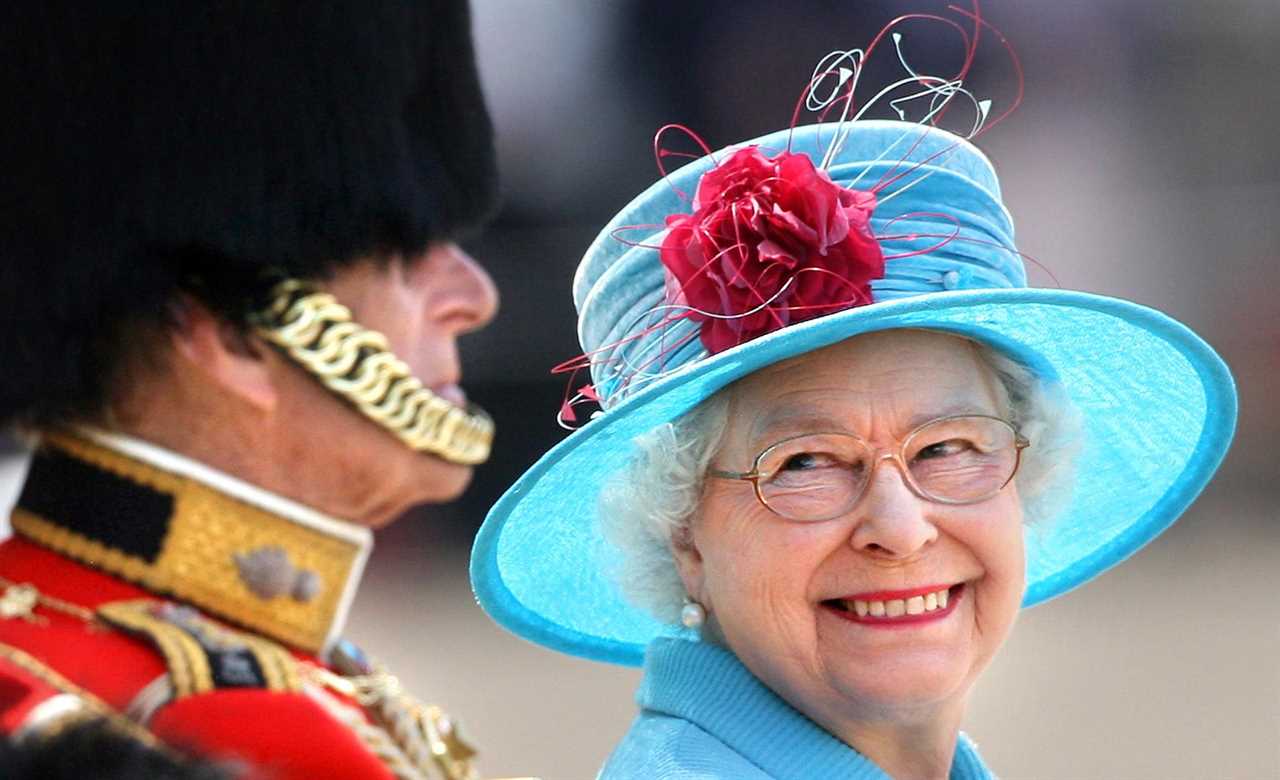
The Queen is the longest-reigning British monarch in history as well as the oldest reigning monarch, Prince Philip was the longest-serving consort of a reigning British monarch and the oldest-ever male member of the British royal family.
It was only when he was 96 that he retired from royal duties in 2017. At a royal lunch shortly after the announcement was made, 88-year-old mathematician Michael Atiyah said to Prince Philip: “I’m sorry to hear you’re standing down.”
“Well, I can’t stand up much longer,” joked the Duke.
Having attended 22,219 engagements in his own right since 1952, not including those attended with the Queen, no one could blame him.
He was patron or president of more than 780 organisations and called himself the world’s most experienced unveiler of plaques.
Unlike the Queen, whose only speeches written by her are her Christmas addresses, Prince Philip wrote all his own speeches which, over the years, ran into thousands, particularly on the subject of conservation and his own philosophy of life.
He also wrote books on subjects as diverse as ornithology, carriage driving, the environmental revolution, science and religion.

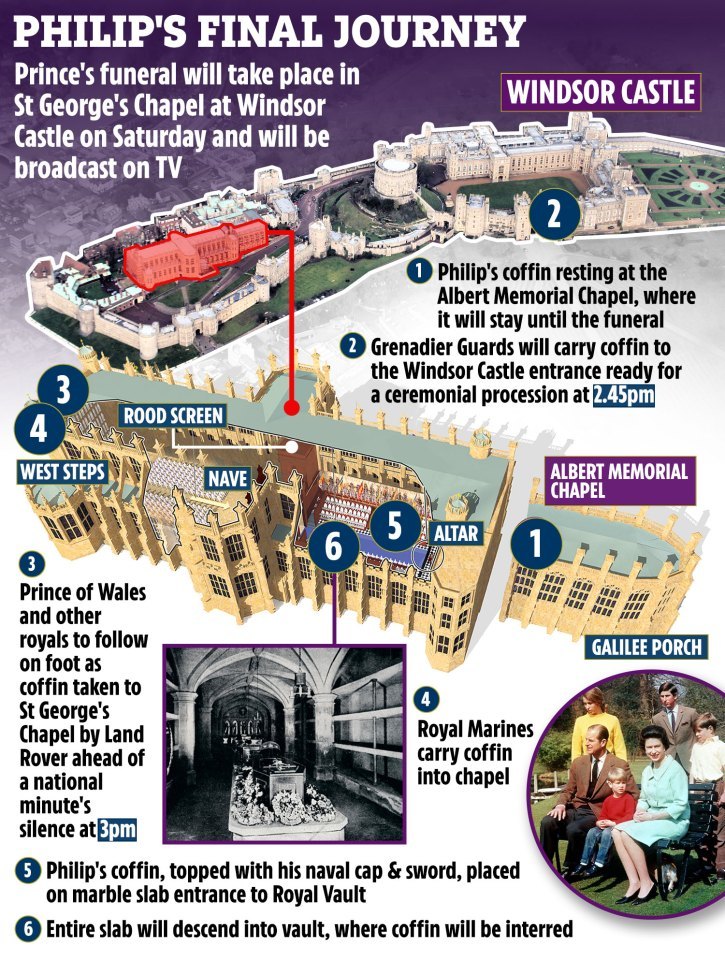
For the Queen’s Diamond Jubilee Pageant on June 3, 2012, more than a million people lined the banks of the Thames, in the pouring rain, to witness the biggest spectacle on the river for more than 300 years. A thousand vessels completed a seven-mile-long voyage down the river to Tower Bridge.
Despite being in great pain from a bladder infection for which he was hospitalised soon after, Prince Philip endured the cold, standing in uncomplaining fortitude.
The following day, at a press party at Windsor Castle to celebrate the jubilee, I had the opportunity of having a few words with Prince Philip. I asked him which event he was most looking forward to. “When it’s all over,” he said, and turned on his heel and walked off.
When the Queen came to the throne in 1952, the United Kingdom was a far different place from what it is today. Throughout the tumultuous changes during her reign, the Queen has remained constant and steadfast in the execution of her duties.
Prince Philip was at the Queen’s side for all that time. The Queen is the central core of the bond which held their relationship together for over 70 years.
From the moment she saw Philip in his naval uniform at Dartmouth when she was a teenager, Princess Elizabeth had eyes only for him, persuading her father the King to allow her to marry him at the tender age of 21.
There were many strands to Prince Philip’s life as consort, but as his equerry and friend the late Mike Parker always said: “His constant job is looking after the Queen in first place, second and third.” As consort, he was always two steps behind his anointed Queen and he performed this role faultlessly.
From difficult beginnings when he was forced to give up a promising naval career and when the old guard at Buckingham Palace and Windsor resented his presence, he slowly but surely carved out for himself a position as innovator, conservationist, speech-writer and promoter of all things British.
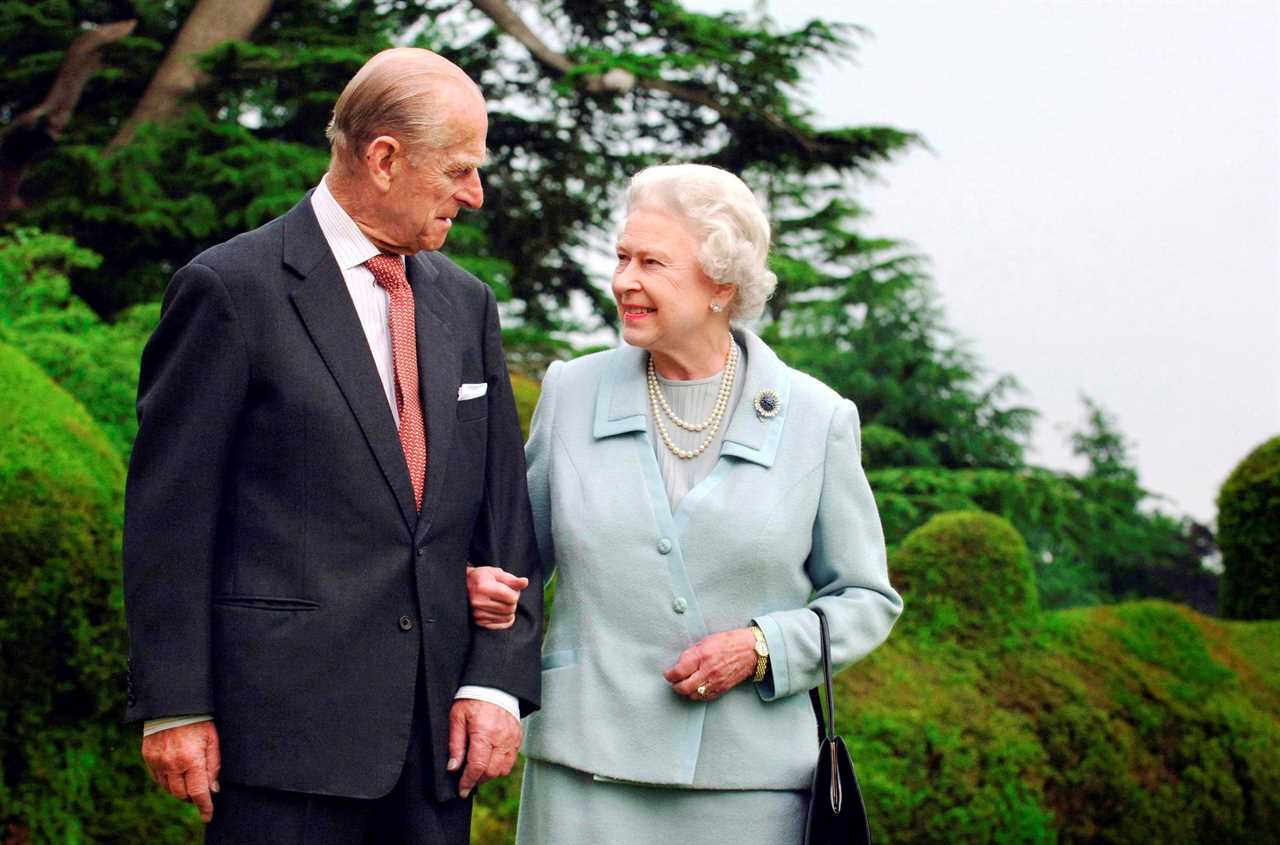
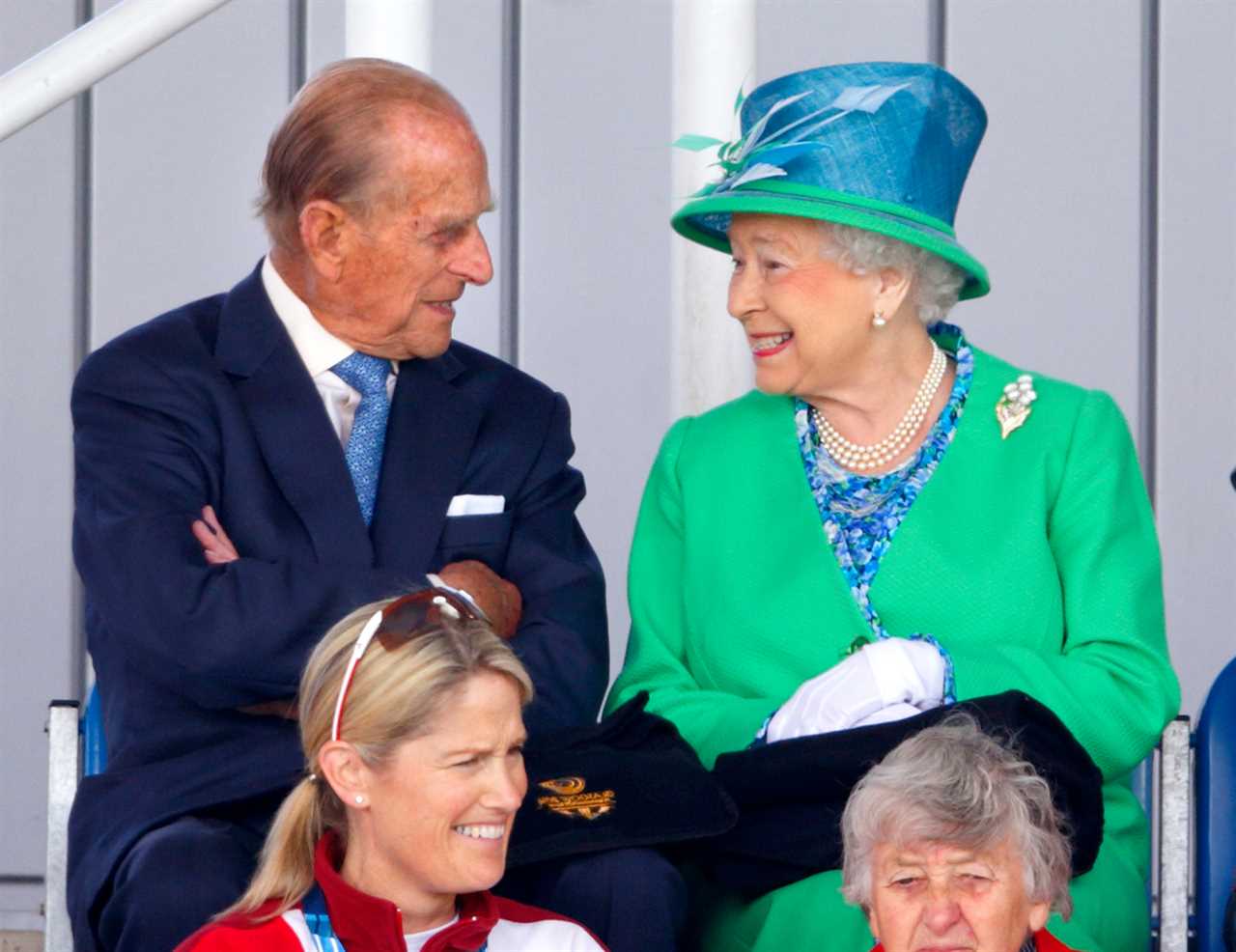

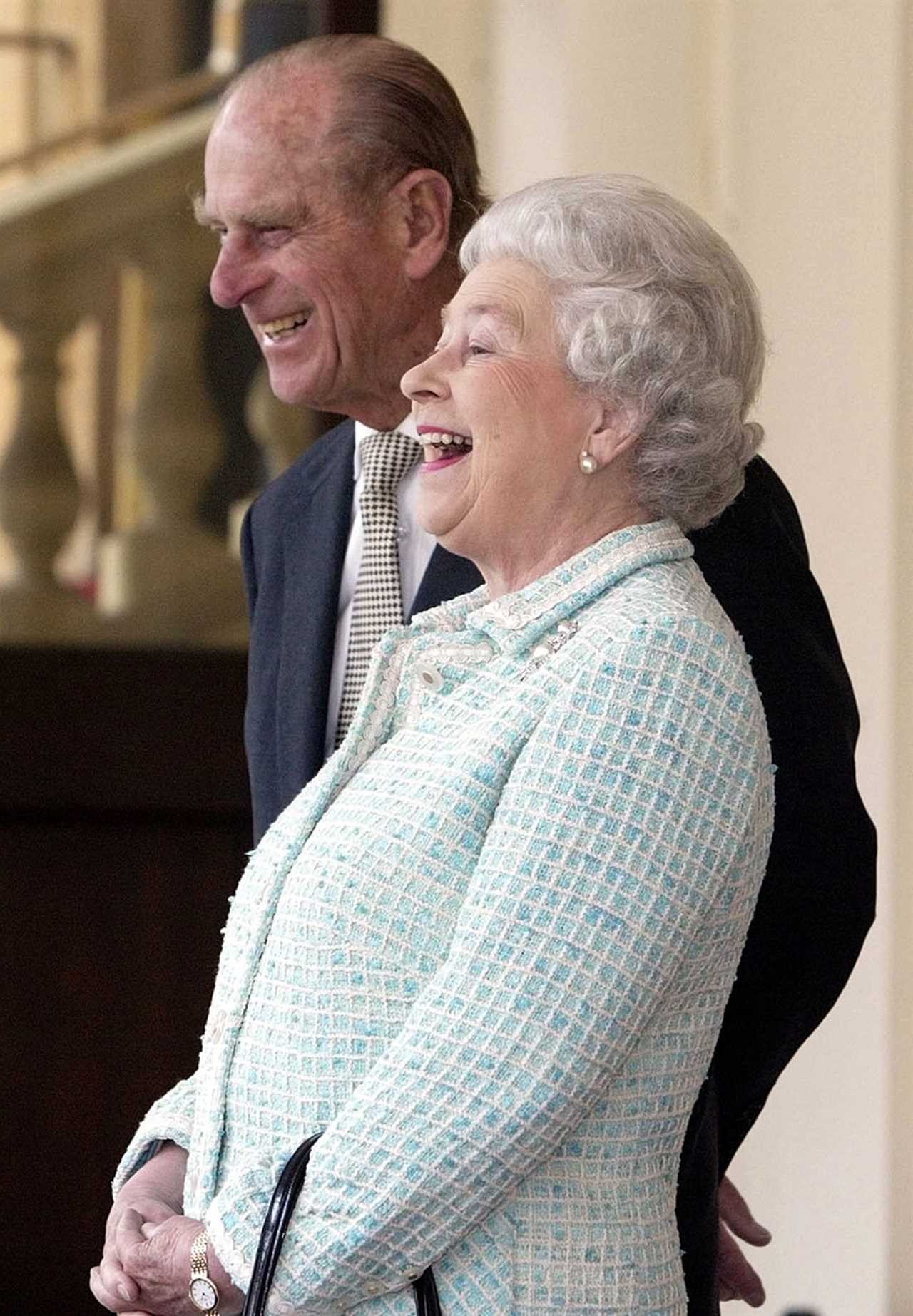
Amusing aside
He suffered the indignity of not being able to pass on his family name to his children, which hurt him deeply. He stayed remarkably fit for a man of his age and retained the slim figure of his youth — and to the end displayed an iron will, a clear speaking voice and a sense of humour.
Even in his nineties, when he had a busy day of engagements ahead of him, he was known to rise at four o’clock in the morning, summoning his valet, chef, chauffeur and equerry to leave the palace at six sharp.
His sense of humour, so-called “gaffes” and all, were a decisive factor in his relationship with the Queen. He made her laugh.
In earlier days, the shy young Queen would freeze before the television cameras. Prince Philip would defuse the situation with an amusing aside to bring a smile to the Queen’s face. When you are under a constant spotlight, as she has been for almost her entire life, this made a vital difference.
His achievements were many, none more so than the Duke of Edinburgh’s Award, which helped millions of young people around the world and continues to do so.
He used his position as President of the World Wide Fund for Nature to emphasise the vital importance of conservation around the world and he was a tireless advocate for engineering and scientific skills in Britain.
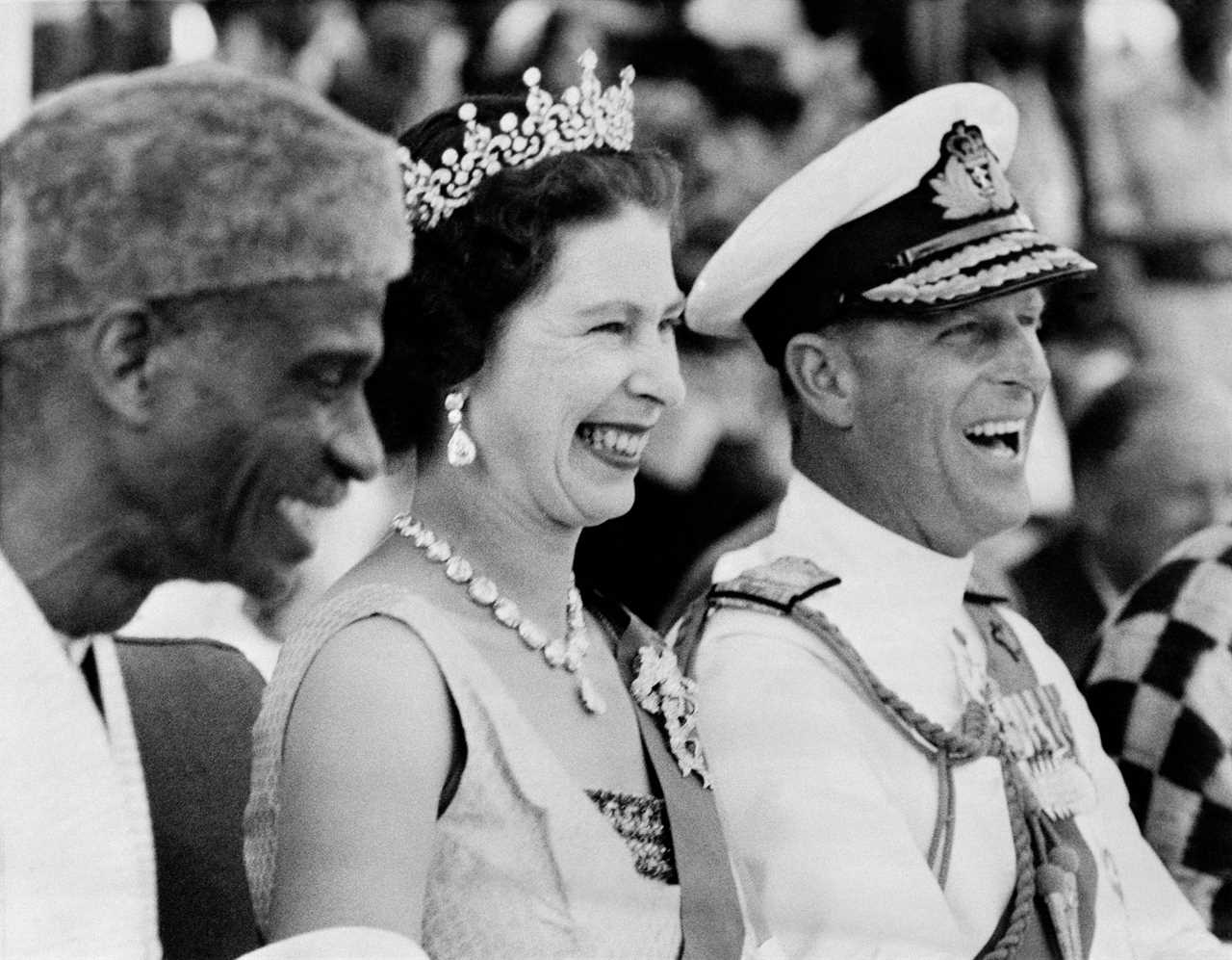
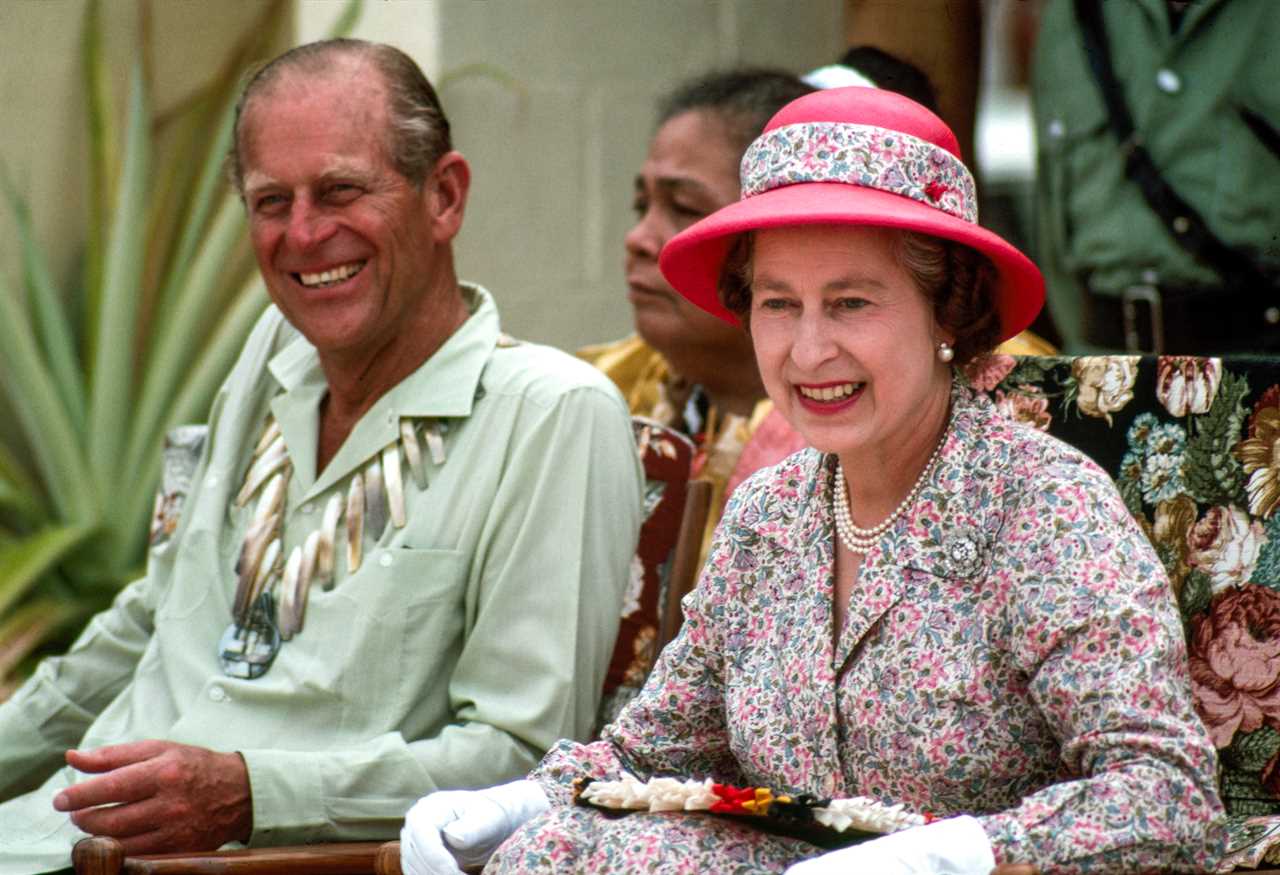
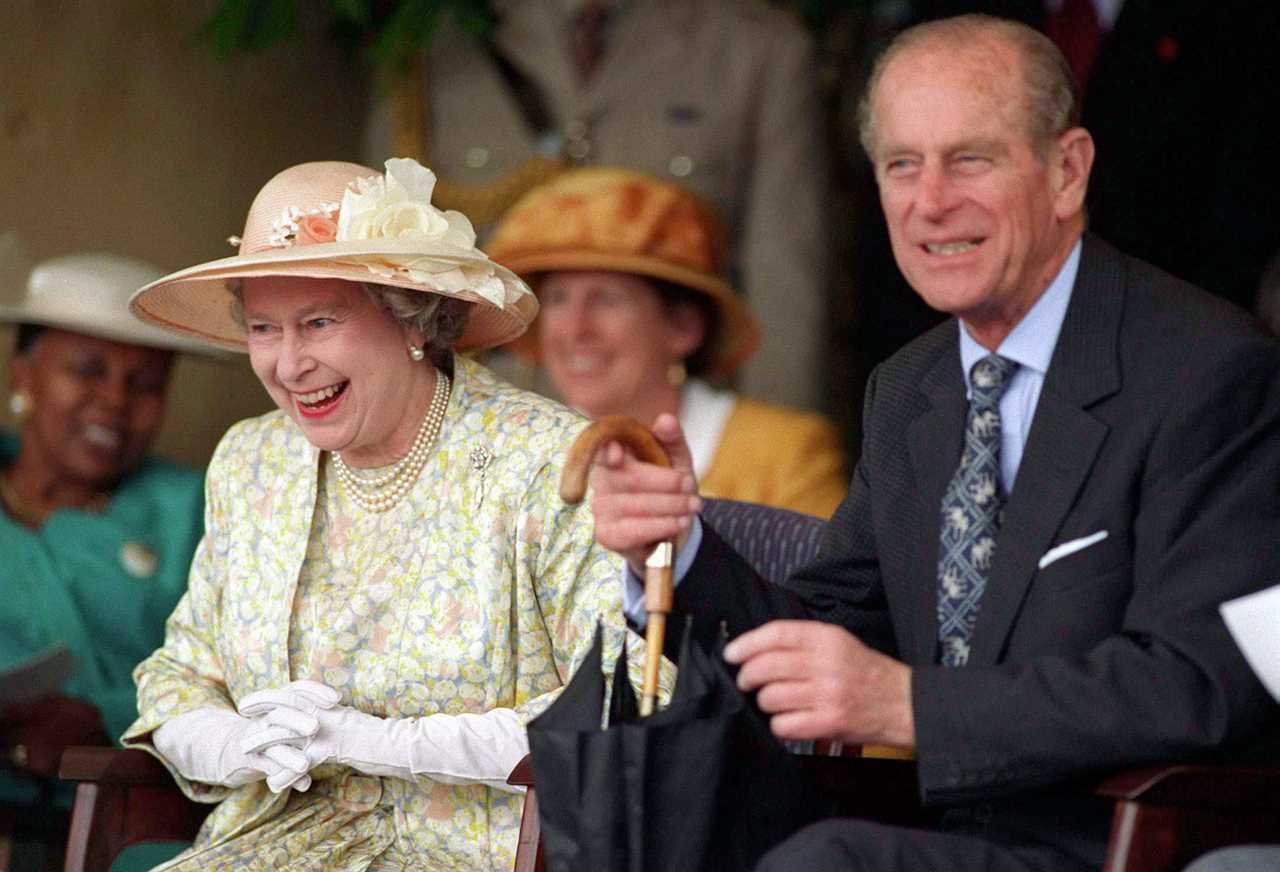
Both the Queen in many of her Christmas speeches and Prince Philip in his several philosophical collections of writings stressed the importance of the individual in society.
More than 30 years ago, in his book A Question Of Balance, Prince Philip wrote: “In the end, civilised standards still depend absolutely on the way people treat each other as people . . . in the final analysis, satisfaction and contentment are created by the relationships between one individual and another.”
Perhaps this goes some way to answering the question of how the Queen and Prince Philip successfully managed 73 years of married life.
